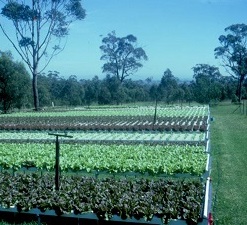
Wanting to better understand Irrigation and how to best use Irrigation on your farm or property?
Farming often succeeds or fails according to the way water is managed. This course will give you the information that you need to irrigate successfully, including:
- Understanding soil characteristics and problems
- Understanding water and how it behaves in the environment
- Types of irrigation systems
- How to design and manage basic irrigation systems
- Understanding how to make the best use of limited water supplies